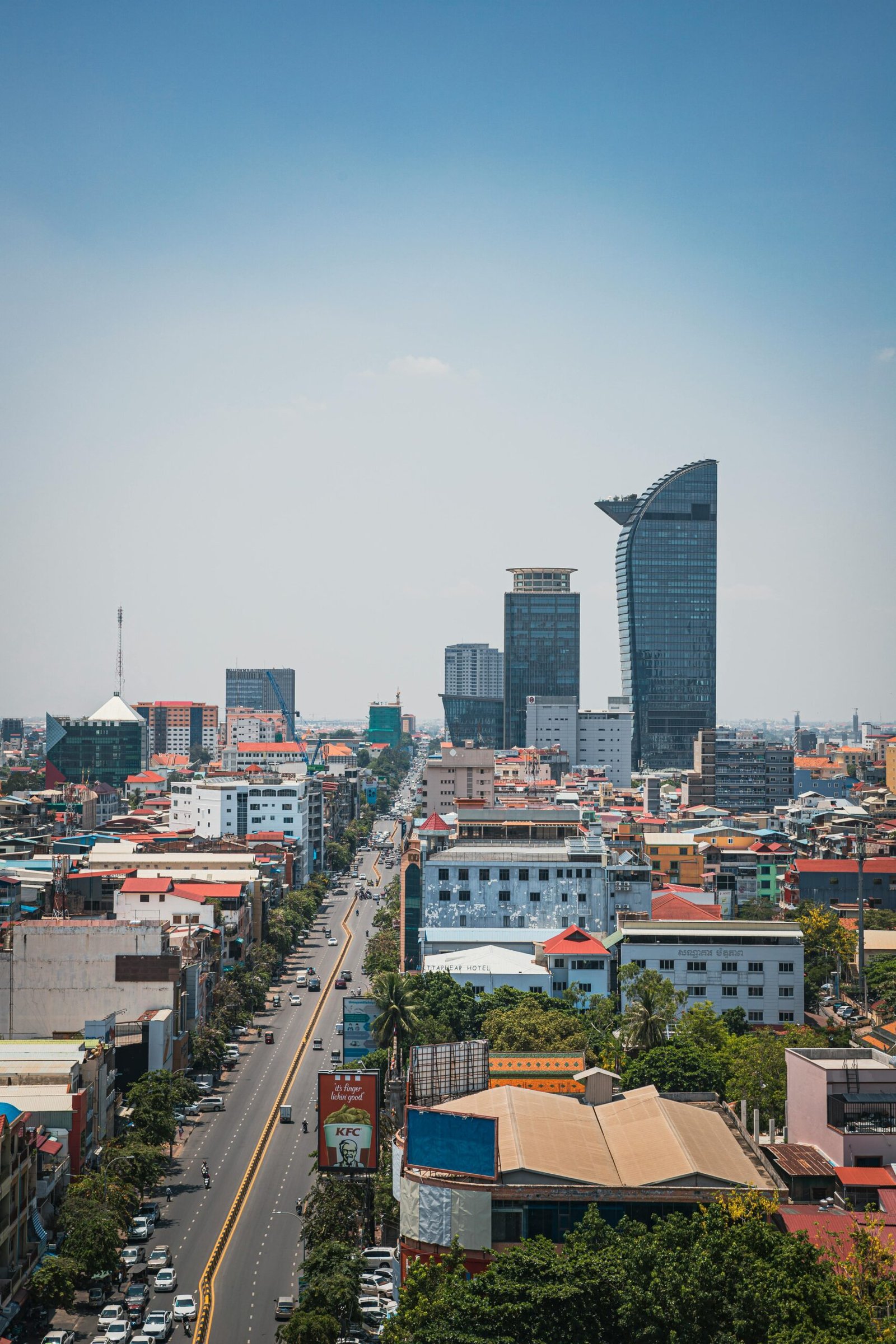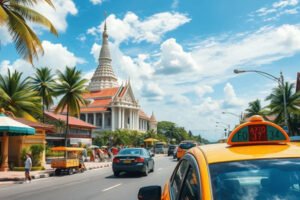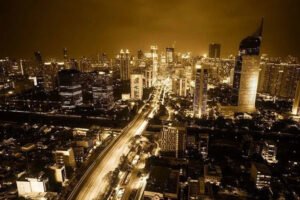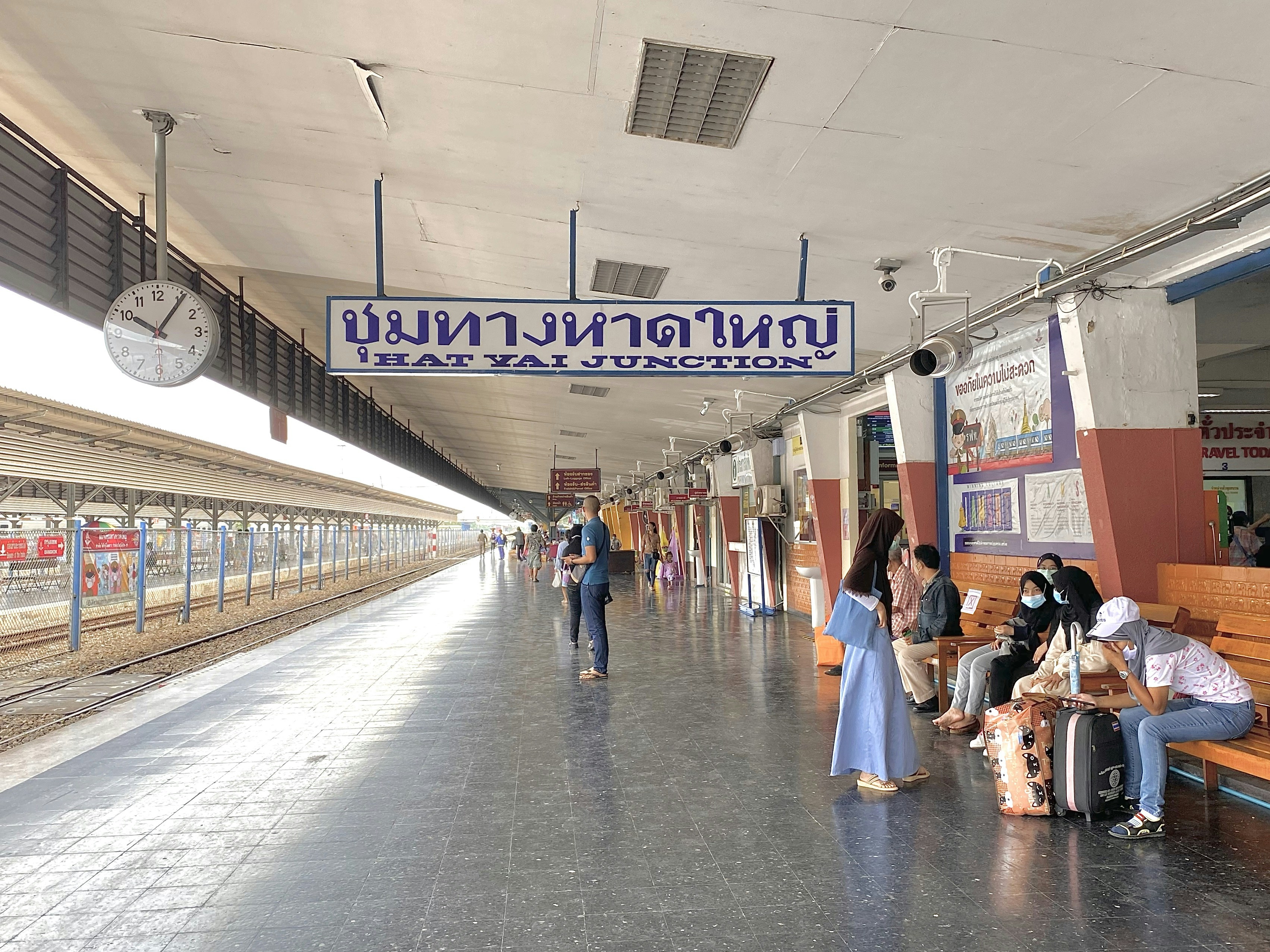In today’s post, let’s take a look at Cambodia’s capital city. Phnom Penh, the vibrant capital of Cambodia, offers travelers a mix of ancient temples, French colonial architecture, and sobering reminders of the country’s past. Known as the “Pearl of Asia,” Phnom Penh sits at the confluence of the Mekong and Tonlé Sap rivers, making it not only Cambodia’s cultural heart but also its political and economic hub.
If you’re planning a trip to Cambodia, this Phnom Penh travel guide covers demographics, the city’s history, top sightseeing spots, and practical travel tips.
Demographics of Phnom Penh
- Population: Approximately 2.3 million (2025 est.)
- Language: Khmer is the official language, but English and French are also spoken in tourist areas.
- Religion: Predominantly Theravada Buddhism.
- Economy: Driven by tourism, textiles, and agriculture, Phnom Penh is also home to Cambodia’s emerging startup and tech scene.
Phnom Penh has a youthful vibe, with nearly half the population under the age of 25. This energy is reflected in the city’s bustling markets, lively nightlife, and thriving café culture.
Top Sightseeing Spots in Phnom Penh
1. Royal Palace and Silver Pagoda
The Royal Palace is Phnom Penh’s most iconic landmark, home to Cambodia’s monarchy. Inside the complex, you’ll find the Silver Pagoda, famous for its gleaming silver-tiled floor and priceless Buddha statues.
2. Tuol Sleng Genocide Museum (S-21 Prison)
A visit to Tuol Sleng is sobering but essential. Once a Khmer Rouge prison, it now serves as a museum documenting Cambodia’s tragic history in the 1970s.
3. Choeung Ek Killing Fields
Located just outside Phnom Penh, the Killing Fields memorializes the victims of the Khmer Rouge regime. The site features a Buddhist stupa filled with the skulls of those who lost their lives.
4. National Museum of Cambodia
This museum houses one of the world’s most extensive collections of Khmer art, including sculptures, ceramics, and artifacts from the Angkorian era.
5. Wat Phnom
Legend has it that the city was named after Wat Phnom, a small hilltop temple built in 1372. It’s a peaceful spot offering panoramic views of the capital.
Food and Drink in Phnom Penh
Cambodian cuisine is often overshadowed by its Thai and Vietnamese neighbors, but it offers unique flavors worth exploring:
- Fish Amok – A creamy curry steamed in banana leaves.
- Bai Sach Chrouk – Grilled pork served with rice, a popular breakfast dish.
- Nom Banh Chok – Khmer noodles often sold by street vendors.
- Cambodian coffee – Strong and sweet, often served iced.
Phnom Penh is also known for its growing craft beer scene and riverside bars along Sisowath Quay.
Best Areas to Stay in Phnom Penh
- Riverside (Sisowath Quay): Ideal for first-time visitors with lots of restaurants, bars, and river views.
- BKK1 (Boeung Keng Kang 1): Trendy and expat-friendly, full of boutique hotels and cafés.
- Russian Market (Toul Tom Poung): Budget-friendly area popular with backpackers.
Travel Tips for Phnom Penh
- Getting Around: Tuk-tuks are the most common way to travel. Use apps like Grab for fair pricing.
- Best Time to Visit: November to March offers cooler, drier weather.
- Currency: Both the Cambodian Riel and US Dollar are widely accepted.
- Safety: Petty theft can occur—keep an eye on your belongings in crowded areas.
Conclusion
Phnom Penh is more than just a stopover on the way to Angkor Wat—it’s a city that tells Cambodia’s story through its temples, museums, food, and people. Whether you’re exploring the Royal Palace, reflecting at the Killing Fields, or enjoying street food by the river, Phnom Penh offers an unforgettable glimpse into the resilience and culture of Cambodia.
If you’re traveling through Southeast Asia, consider pairing your trip to Phnom Penh with nearby destinations like Bangkok, Ho Chi Minh City, or Manila for a diverse regional adventure. Thanks for reading.







